Introduction The ABB PFSK130 3BSE002616R1 is a high-performance channel control unit designed for industrial automation systems. With its compact design and reliable functionality, this unit plays a crucial role in ensuring smooth operations across various control applications. In this article, we’ll explore its features, specifications, applications, and benefits. Key Features of ABB PFSK130 3BSE002616R1 ABB has engineered the PFSK130 3BSE002616R1 to meet the rigorous demands of industrial environments. Some of its standout features include: Compact Design: Measuring 2x24.8x24.4 cm, this unit fits seamlessly into control panels. Lightweight Structure: Weighing only 0.58 kg, it is easy to install and handle. Robust Performance: Designed for efficient and reliable control of multiple channels. Compatibility: Works seamlessly with ABB automation systems, ensuring integration with existing setups. Durability: Built to withstand industrial conditions, offering long-term operational reliability. Technical Specifications Understanding the technical details of the ABB PFSK130 3BSE002616R1 is crucial for selecting the right component for your system. Below are the key specifications: Model Number: PFSK130 3BSE002616R1 Dimensions: 2x24.8x24.4 cm Weight: 0.58 kg Function: Channel control unit for industrial automation Manufacturer: ABB These specifications highlight the unit’s compact yet powerful design, making it an essential part of industrial automation setups. Applications of ABB PFSK130 3BSE002616R1 The ABB PFSK130 3BSE002616R1 is widely used across different industrial sectors due to its precision and reliability. Common applications include: Manufacturing Plants: Helps in controlling multiple channels within production lines. Power Plants: Supports automation in energy management and distribution. Process Industries: Used in chemical, oil & gas, and pharmaceutical industries for process automation. Industrial Automation Systems: Plays a crucial role in programmable logic controllers (PLCs) and distributed control systems (DCS). Benefits of Using ABB PFSK130 3BSE002616R1 Integrating the ABB PFSK130 3BSE002616R1 into your automation system comes with several advantages: Improved Efficiency: Enhances process control, reducing downtime and operational inefficiencies. Reliable Performance: ABB’s advanced engineering ensures consistent and stable functionality. Easy Installation: Its lightweight and compact design simplify the installation process. Long-Term Durability: Built to withstand harsh industrial environments, offering extended service life. Seamless Integration: Works efficiently with other ABB components, ensuring a smooth and efficient automation system. Conclusion The ABB PFSK130 3BSE002616R1 Channel Control Unit is a vital component in industrial automation, offering a compact, lightweight, and durable solution for controlling multiple channels. With its superior performance, compatibility, and ease of use, it is an ideal choice for var...
Read More
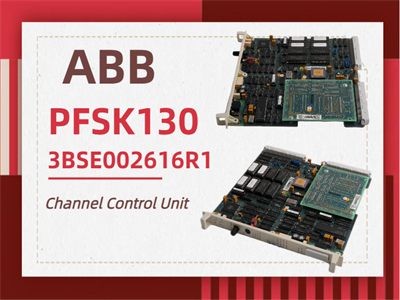
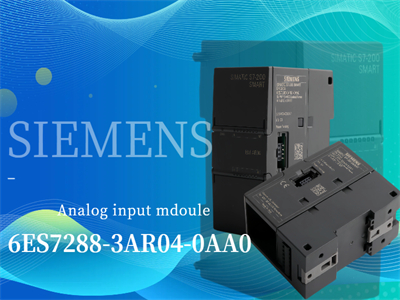
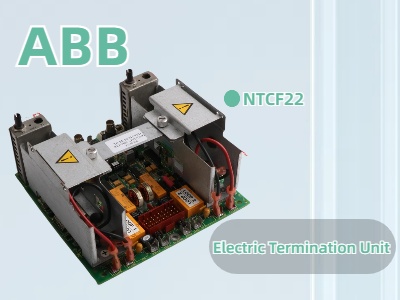


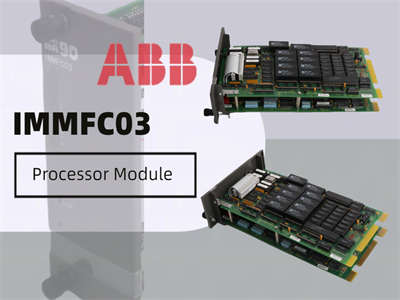
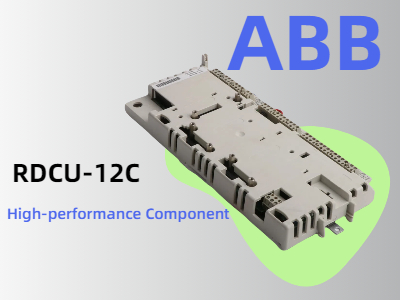
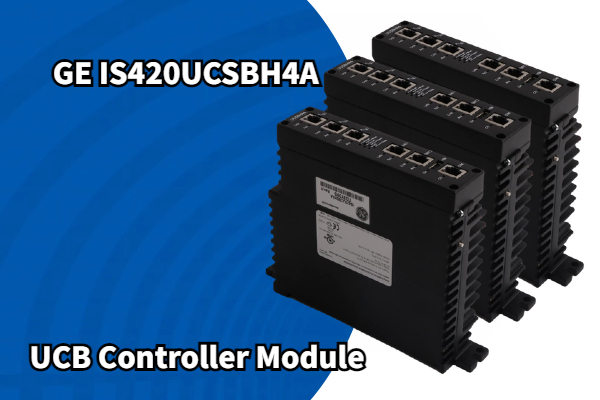
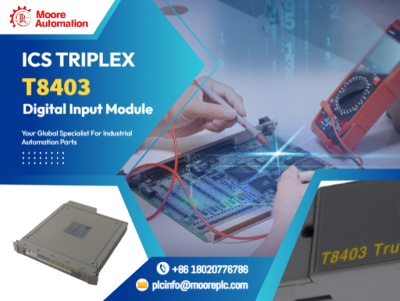

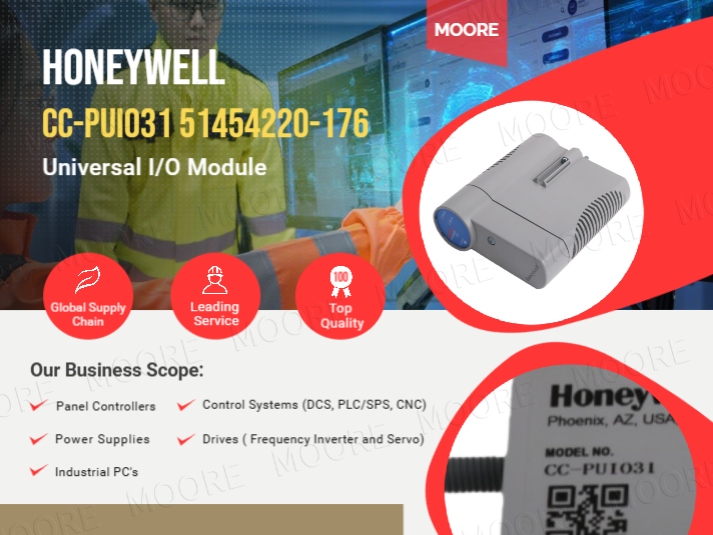
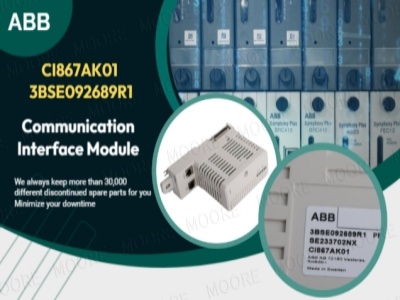












 IPv6 network supported
IPv6 network supported